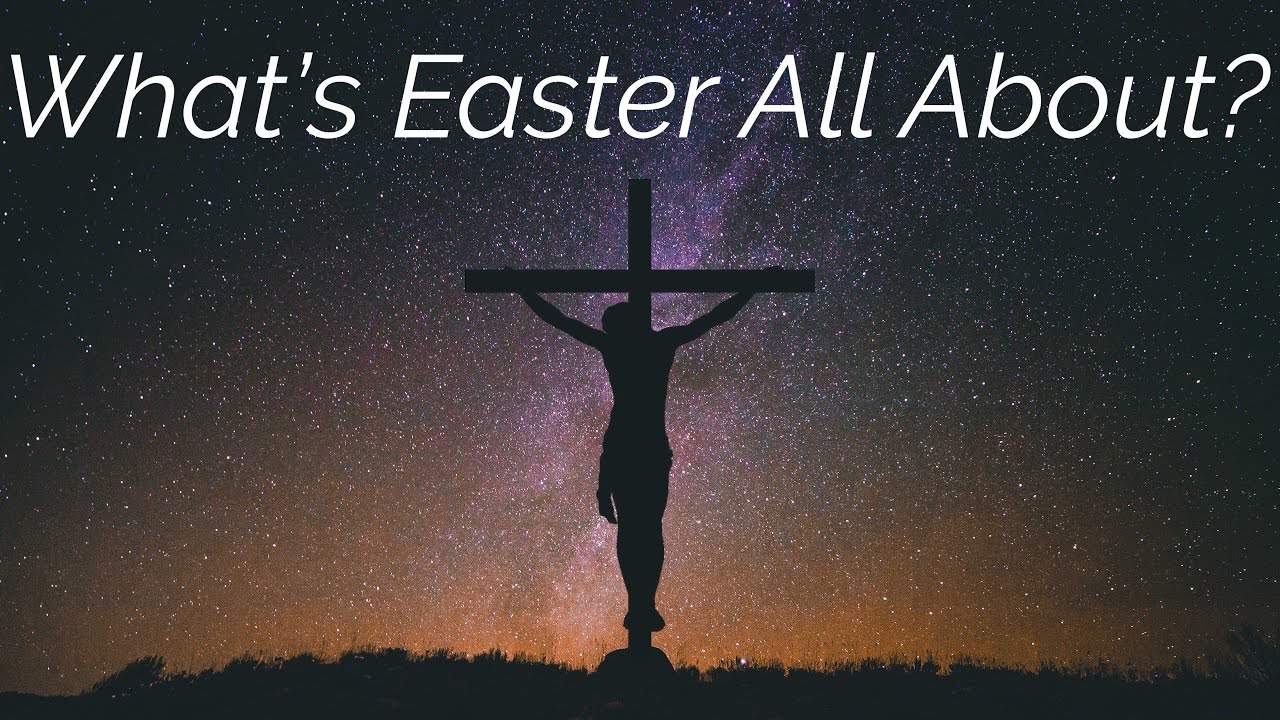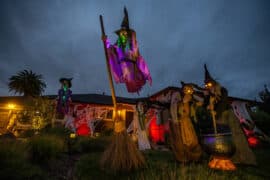Welcome to the Enchanting World of Easter!
As springtime unfolds with its cascade of colors, Easter hops right in, bringing joy, wonder, and a touch of mystery. But beyond the Easter egg hunts and the sweet indulgences, lies a story with deep historical roots and rich cultural significance. Are you ready to uncover the layers of Easter? Let’s hop into it!
Understanding the History and Significance of Easter
Easter is a festival filled with hope and renewal, but what exactly are we celebrating? Originally, Easter is a Christian holiday that commemorates the resurrection of Jesus Christ, as described in the New Testament of the Bible. According to scripture, Jesus rose from the dead three days after his crucifixion, a miracle that forms the cornerstone of Christian faith.
However, Easter also weaves in threads from various springtime celebrations. Its very name is thought to have been derived from Eostre, an Anglo-Saxon goddess associated with spring. This amalgamation of beliefs and practices has evolved into a holiday that many enjoy, regardless of their religious backgrounds.
The Easter Calendar: When Does Easter Occur?
Marking your calendars, dear parents, Easter is on the move! Unlike holidays with a fixed date, such as Christmas on December 25th, Easter is a bit of a wandering holiday. It’s typically celebrated on the first Sunday following the first full moon after the vernal equinox, which means it can occur anywhere between March 22nd and April 25th. This year, Easter falls on [insert date], so mark your calendars for some egg-tra special family time!
The Easter Bunny: A Hoppy Symbol of Fertility and New Life
But what’s the deal with the Easter Bunny? This cuddly character is actually a symbol of fertility and new life, drawing parallels with the rebirth themes of Easter. The tradition of the Easter Bunny originated among German Lutherans, where the “Easter Hare” played the role of a judge, evaluating whether children were good or disobedient during the Eastertide season. Today, the Easter Bunny is synonymous with fun and treats, often leaving a trail of chocolate and colorful eggs for children to find.
Unwrapping Easter Traditions: Eggs, Baskets, and Bonnets
Easter wouldn’t be complete without its whimsical traditions! The Easter egg, as a symbol of new life, is arguably the focal point of the celebration. It represents the empty tomb from which Jesus emerged after his resurrection. Decorating eggs, whether they’re dyed, painted, or chocolate, is a popular activity that allows families to unleash their creativity.
Easter baskets, often filled to the brim with goodies, reflect the nests that birds build for their eggs. And let’s not forget the Easter bonnet – a nod to the tradition of wearing new clothes to signify the start of a new season and new beginnings.

Five Things Parents Should Know in Preparing for Easter
As Easter approaches, it’s not just about knowing the date and the history, it’s also about planning and creating an atmosphere of joy and connectivity for the family. Here are five things every parent should keep in mind:
- Traditions are Teachable Moments: Use the various Easter traditions such as egg decorating, attending church services, or preparing a festive meal as moments to echo the holiday’s themes of hope, renewal, and love. Share the stories and meanings behind these customs to help children understand the essence of Easter.
- Community Involvement: Many communities host their own Easter events, such as egg hunts and parades. Participating in these activities can not only enrich your family’s Easter experience but also foster a sense of togetherness and community spirit.
- Creative Crafting: Encourage your children’s creativity with Easter crafts. Making Easter bonnets or decorating eggs encourages cognitive and fine motor skills. Plus, crafting creates special moments for your family and perhaps some homemade decorations for years to come.
- Educating About Diversity: Since Easter is a holiday that intersects both religious and secular worlds, it’s an opportunity to educate your children about cultural diversity. Teach them how different communities, cultures, and even religions celebrate Easter in their unique ways.
- Balance the Candy Consumption: Candies and chocolates are delicious and a big part of Easter fun—but moderation is key. Balance out the sweets with some healthy alternatives and make sure the day isn’t just about the treats. You can include fruit and nuts in their Easter baskets, or get them excited about non-food treats like small toys, books, or art supplies.
With these preparations in mind, you’ll be well-equipped to give your family an Easter celebration that is meaningful, educational, and tremendously fun!
Family-Friendly Easter Activities to Start Planning
From crafting to cooking, there’s an endless array of Easter activities that can help you bond as a family. Here are a few ideas to inspire your planning:
- Plan an Easter egg scavenger hunt inside or outside your home with clues that teach kids about the holiday while they search for their treats.
- Bake Easter-themed treats together. From bunny cookies to resurrection rolls, the kitchen can be a place full of holiday learning and indulgence.
- Read Easter stories together. There are many books that highlight the themes of Easter in a kid-friendly format, incorporating both secular and non-secular elements.
- Attend a local Easter service or watch one online to share the spiritual significance of the holiday with your family.
- Plant something together to symbolize new life. Gardening is a great way to physically demonstrate the ideas of new beginnings and growth that are central to Easter.
Embracing these activities not only makes Easter a day of enjoyment but also one of learning and growth. Plus, nothing beats the memories made together during these special family times. Happy Easter planning!
Preparing Your Home for Easter Celebrations
Setting the right atmosphere at home can make Easter celebrations even more delightful. Consider these simple tips to prepare your home for the holiday:
- Colorful Decor: Brighten up your home with spring colors. Use pastels for tablecloths, napkins, and plates to reflect the season’s palette.
- Easter Tree: Bring a small branch indoors and hang decorated eggs or spring ornaments on it to create an Easter tree — a beautiful centerpiece for your celebrations.
- Welcoming Front Door: Decorate your front door with a festive wreath or a sign that says “Happy Easter” to spread the joy to all who pass by or visit.
Getting your home ready for Easter doesn’t have to be expensive or time-consuming; even small, simple touches can uplift the spirit of the holiday.
See more great Things to Do with Kids in New Zealand here. For more information see here
Disclaimer
The articles available via our website provide general information only and we strongly urge readers to exercise caution and conduct their own thorough research and fact-checking. The information presented should not be taken as absolute truth, and, to the maximum extent permitted by law, we will not be held liable for any inaccuracies or errors in the content. It is essential for individuals to independently verify and validate the information before making any decisions or taking any actions based on the articles.




